Project Panacea: Improving Social Distance
Tellart
Panacea is a Tellart initiative created during the spring of 2020, when COVID-19 began its rapid spread around the world.
Like so many others, our team was forced into the new reality of 'lockdown'. Separated from family and friends for an indefinite period, and unable to work in our studio, we decided to respond to this challenge in the way that felt most natural to us. We began designing a series of technology experiments that would allow us to meet up in a safe way, while sparking some much-needed optimism and fun for everyone in this situation.
Within two months of lockdown, we created a series of seven product concepts and released them as lighthearted low-fidelity prototypes. We built fast, leveraging new video-conferencing platforms with quick 'hacks' to validate and develop ideas. Each experiment looked for a new mode of collaborative communication to explore how we might adapt our digital interactions to this new socially-distanced context.
Experiment 01: WiFive
When social distancing or isolating, what new types of physical contact can be experienced digitally?
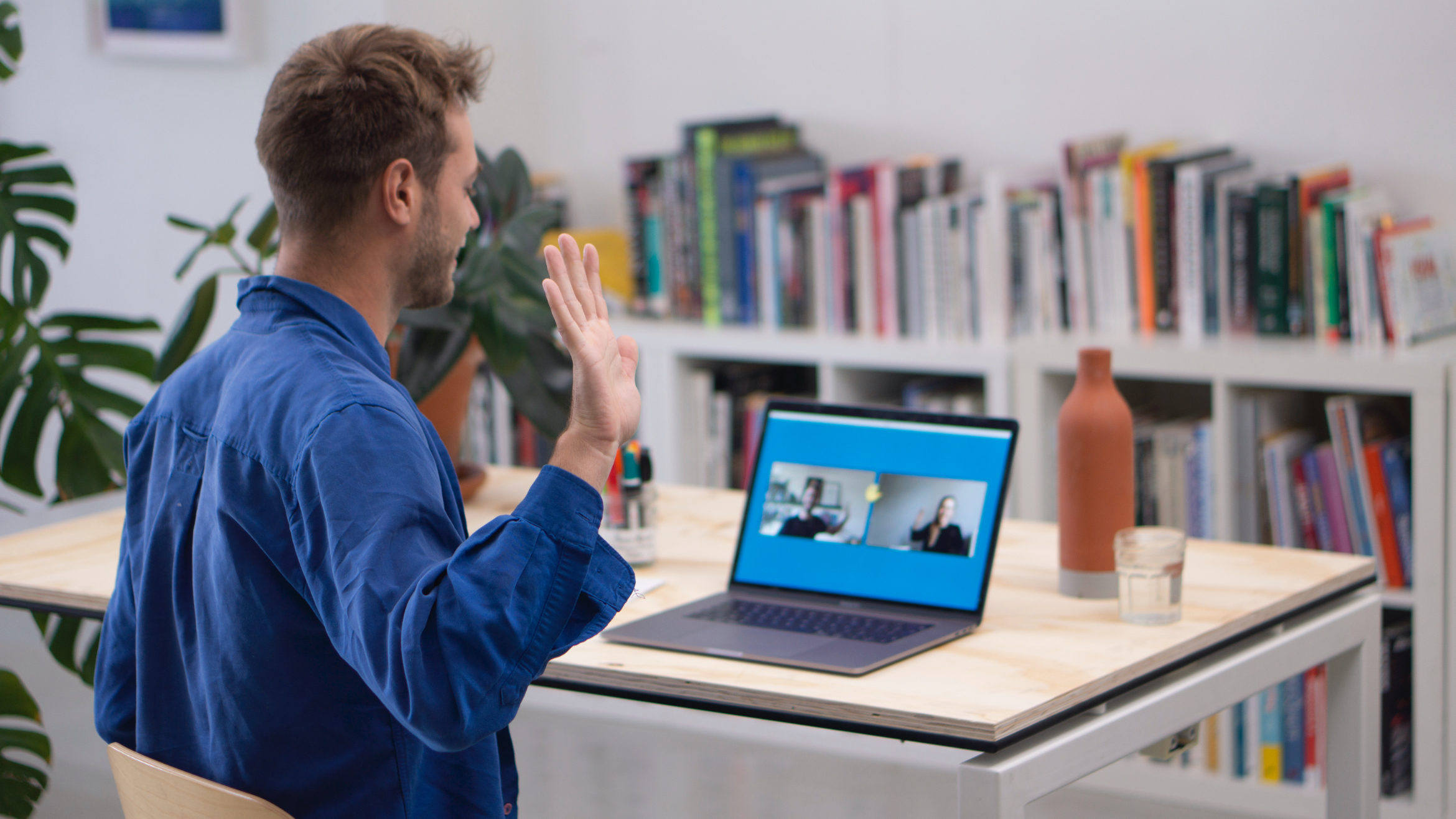
WiFive was created as a game for video communication, where people could virtually 'high-five' each other. Tracking players' bodies, the software would assign random icons along the window frame, instructing which body part to 'high-five' with. We found that introducing warmer forms of virtual-physical interaction to our daily lives can create a closer social connection via otherwise impersonal communications platforms.
WiFive video
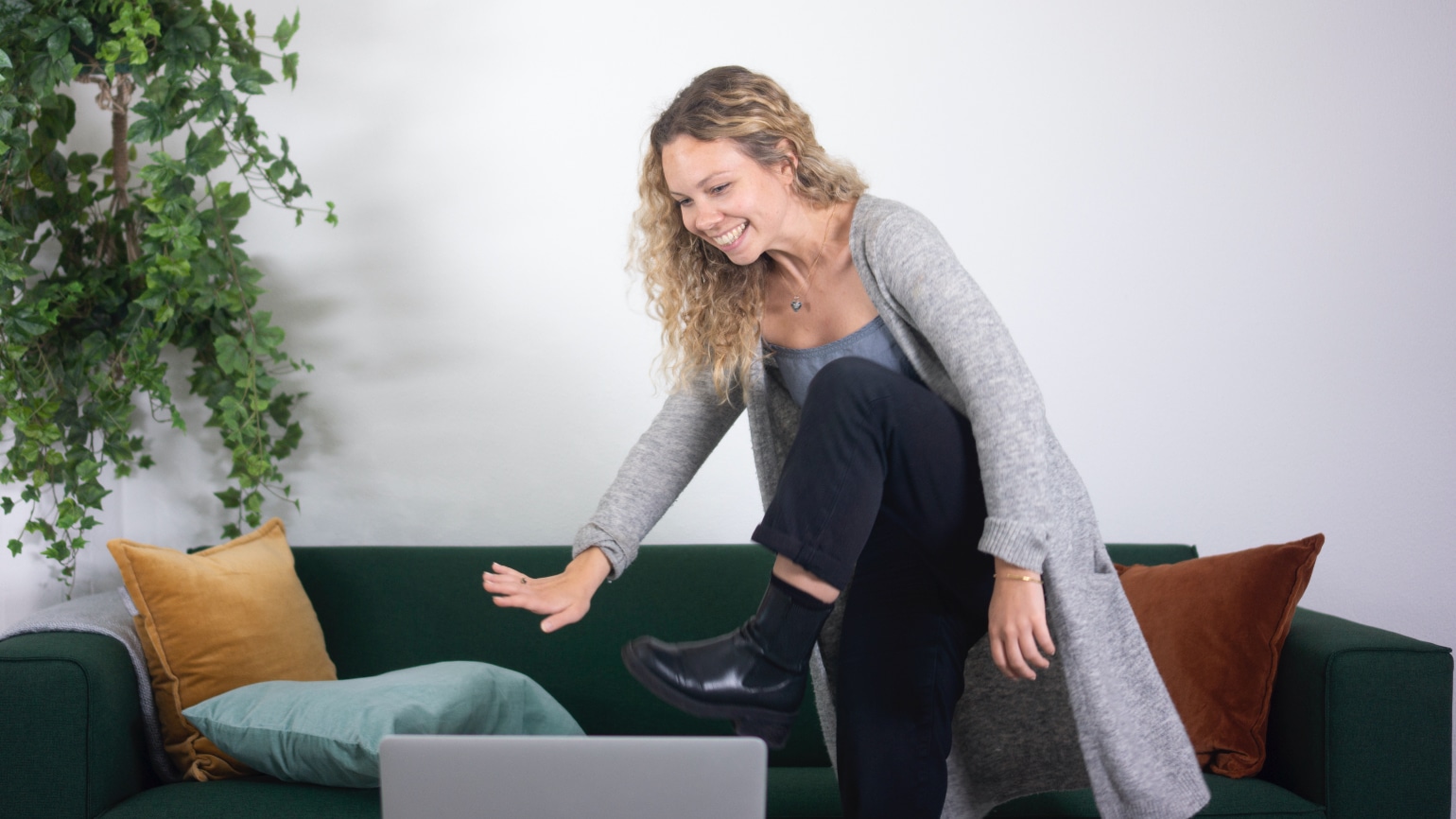
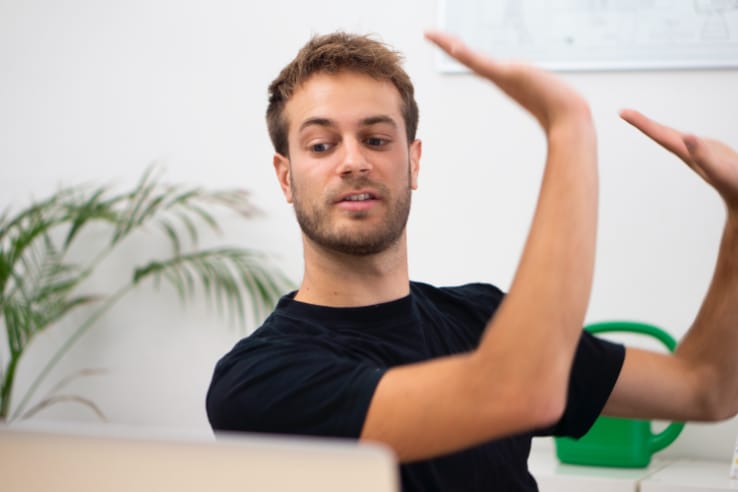
Experiment 02: Mingle
How can virtual social gatherings feel more natural? We took insights from real-life interactions in terms of sound, space and movement.
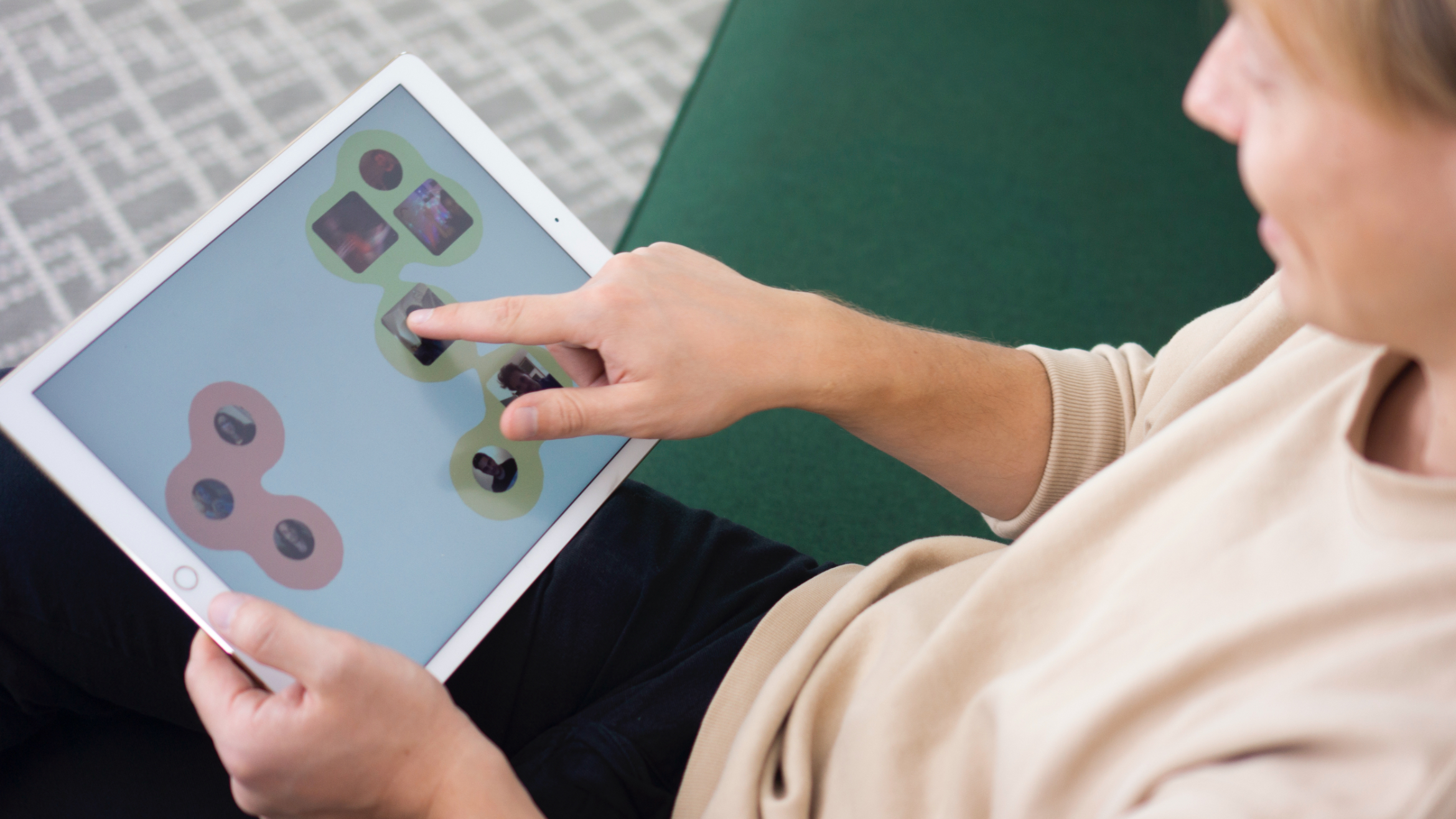
Mingle revisited the concept of “Zoom parties“, applying attributes from in-person group conversations to a digital application. We developed a prototype video call platform that enabled a sense of social proximity by means of visual cues and layered sound. Being 'closer' to a group of individuals one would hear the audio loud and clear, while creating more distance would lower it accordingly. We found it was possible to jump smoothly between conversations and groups as if in a physical space together.
Mingle video
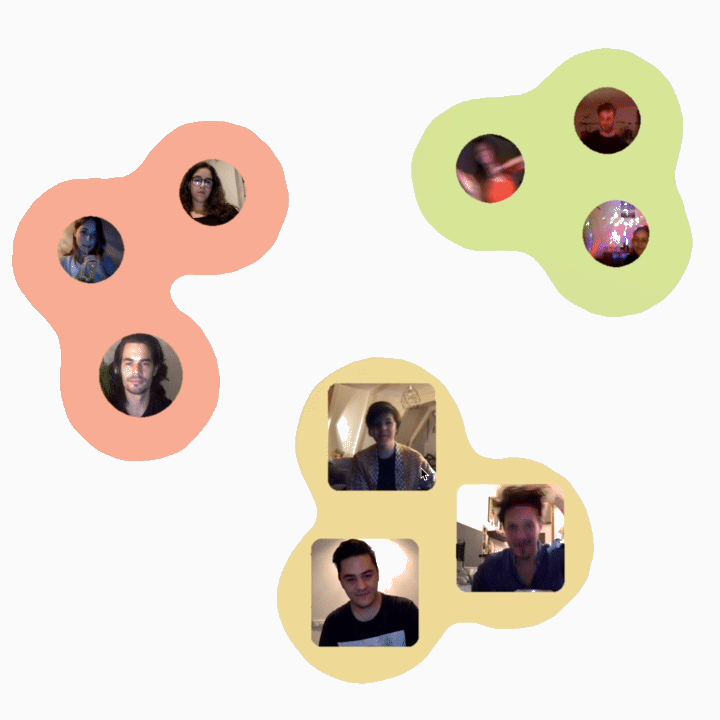
Experiment 03: Shelfy
How can we find new sources of inspiration while isolating at home? Giving a second life to our everyday objects.
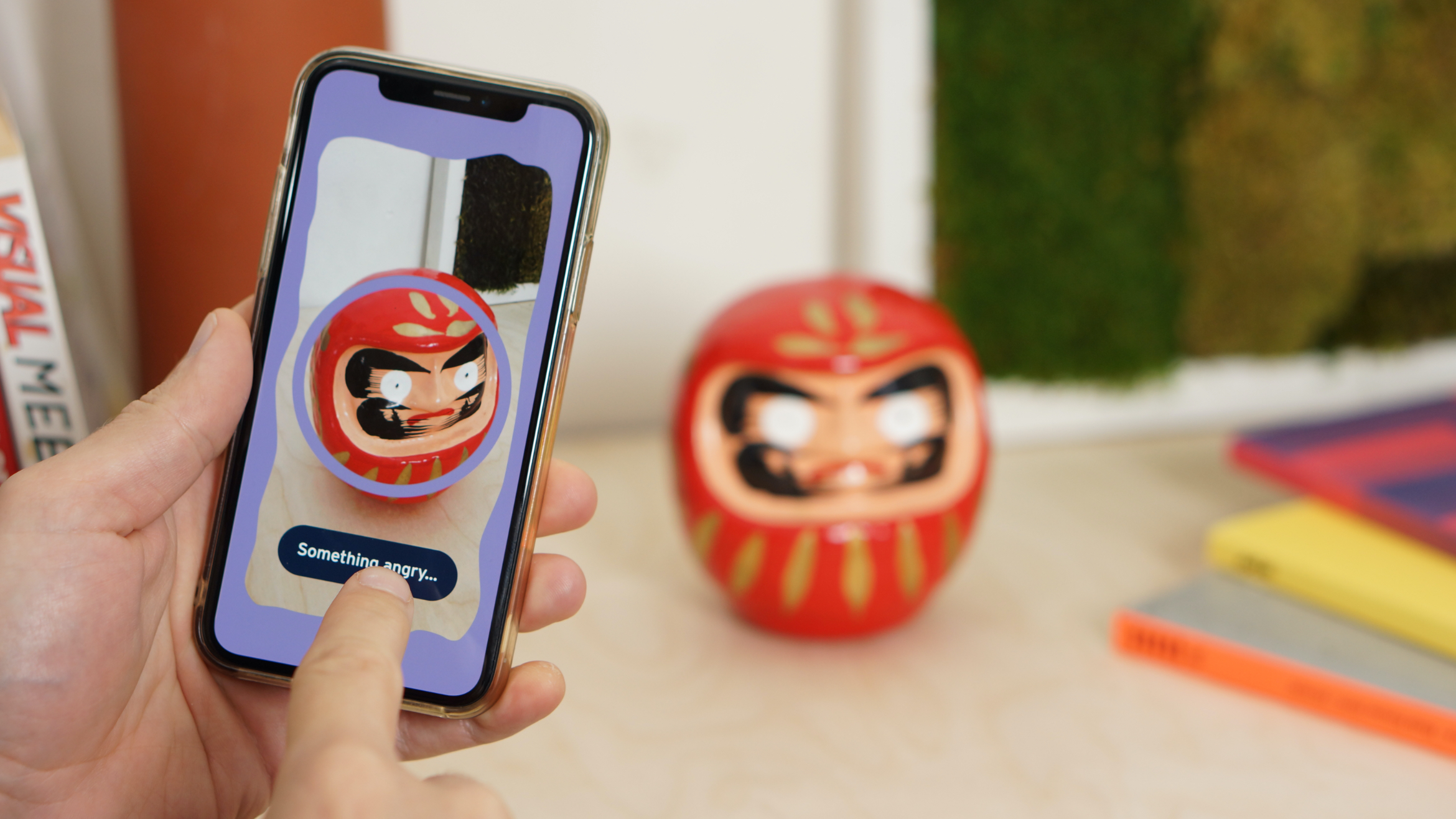
Shelfy was designed as a collaborative mobile game where, similar to a treasure hunt, players were prompted with shapes and cues which had to be matched with objects found at home. Through play, this activity fostered a richer creative connection, by being able to virtually invite a colleague into each other's homes.
Shelfy video
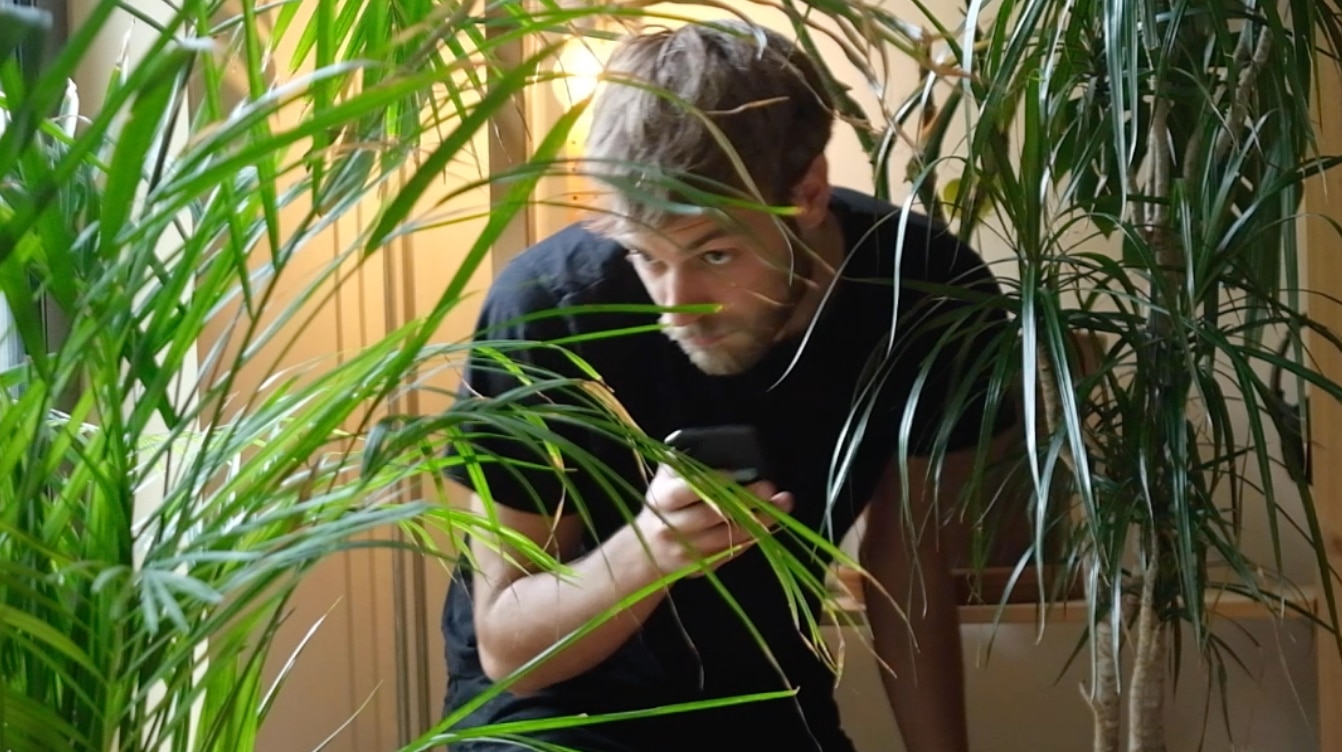
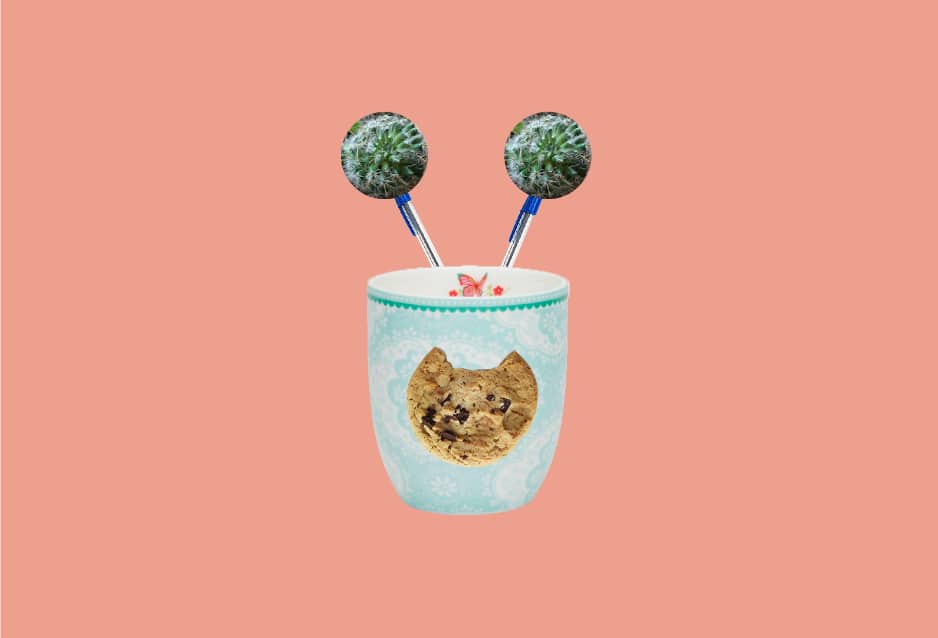
Experiment 04: liveCanvas();
How can we creatively collaborate online? Exploring artistic expression on digital platforms.
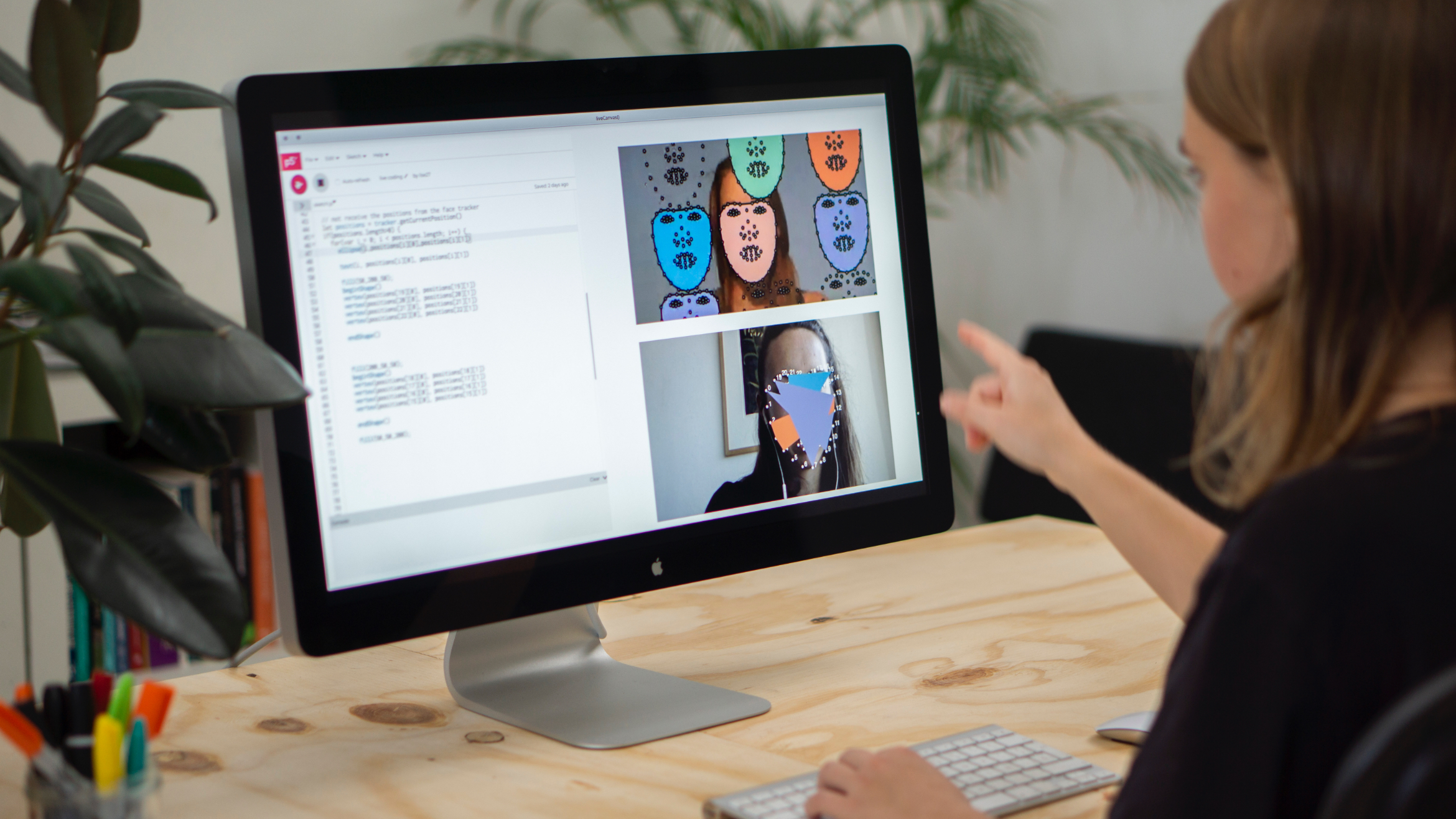
liveCanvas(); explored new methods for facilitating creative digital workshops, looking to incorporate the same social qualities prevalent in physical workshops. During guided live-coding sessions, participants created a face filter or mask that layered on their video stream. Participant's code as well as results were visible by others, creating an opportunity to collaborate on problem-solving.
liveCanvas(); video
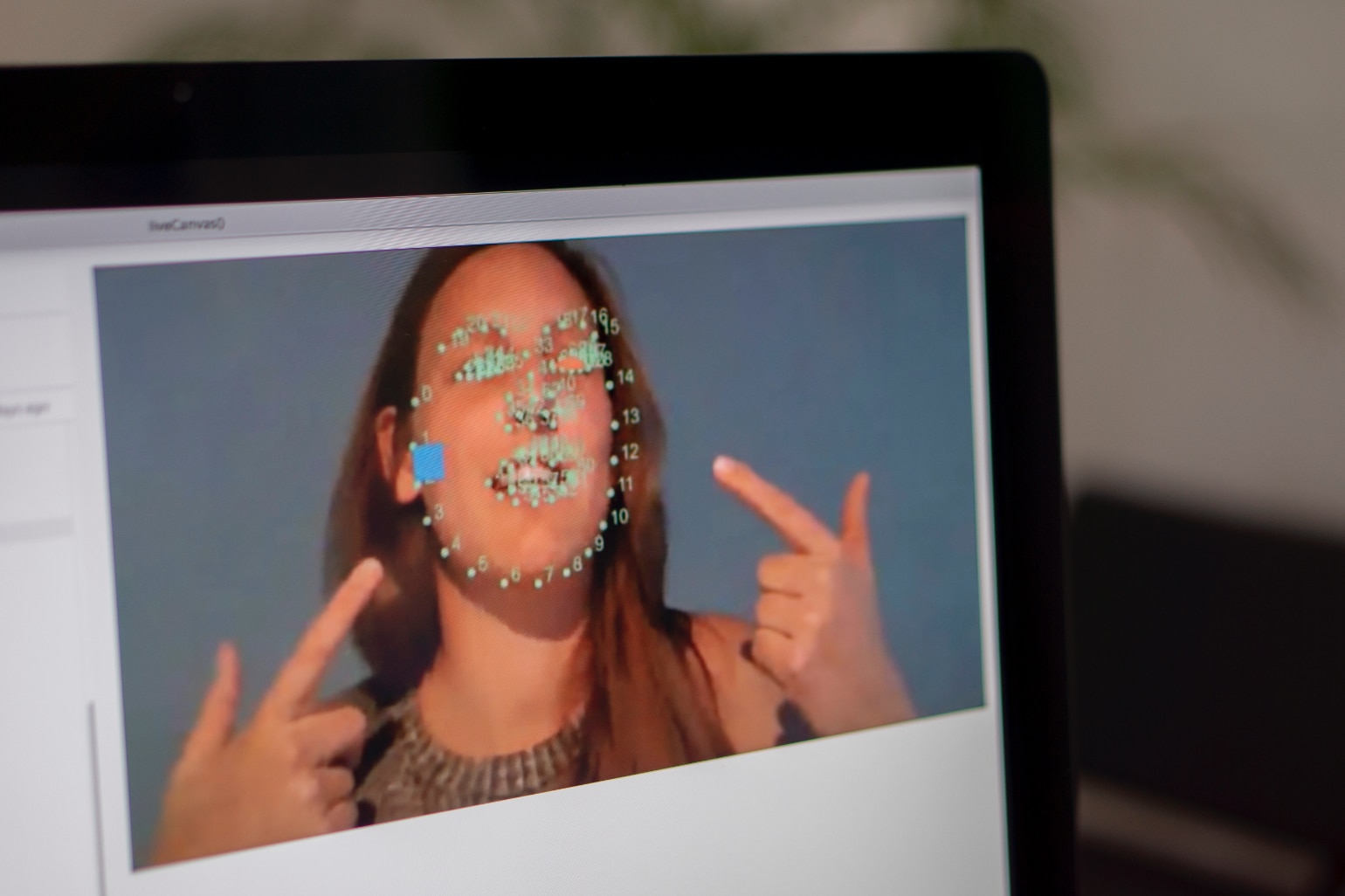
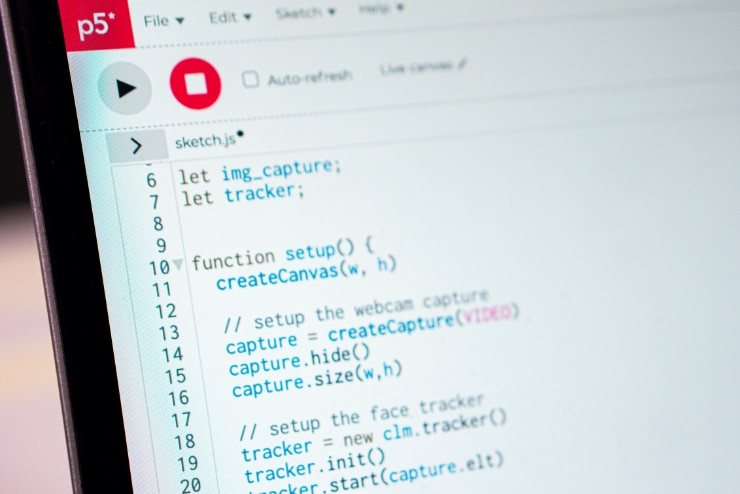
Experiment 05: LunchTime
How can we encourage socialising with colleagues when working from home? Exploring ways to transpose studio culture to digital team gatherings.
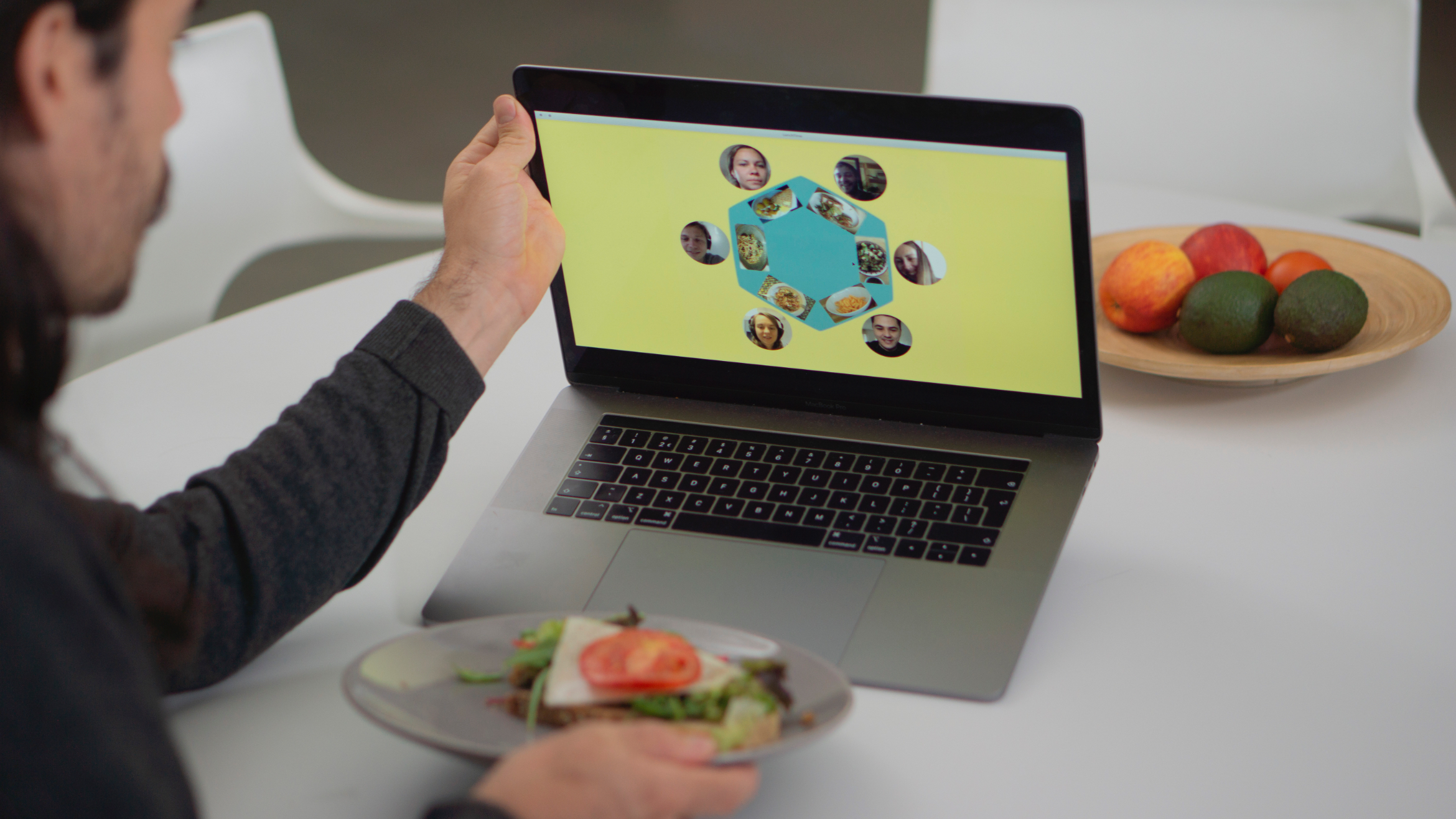
Through LunchTime we created a virtual communal lunch experience that aimed to nurture the team bond by creating a 'space' in which to gather. Sensory qualities from Tellart's office lunch culture were used as a source of inspiration, which translated into “invasive“ notification models, replicating the in-person pressure of colleagues calling to join them.
LunchTime video
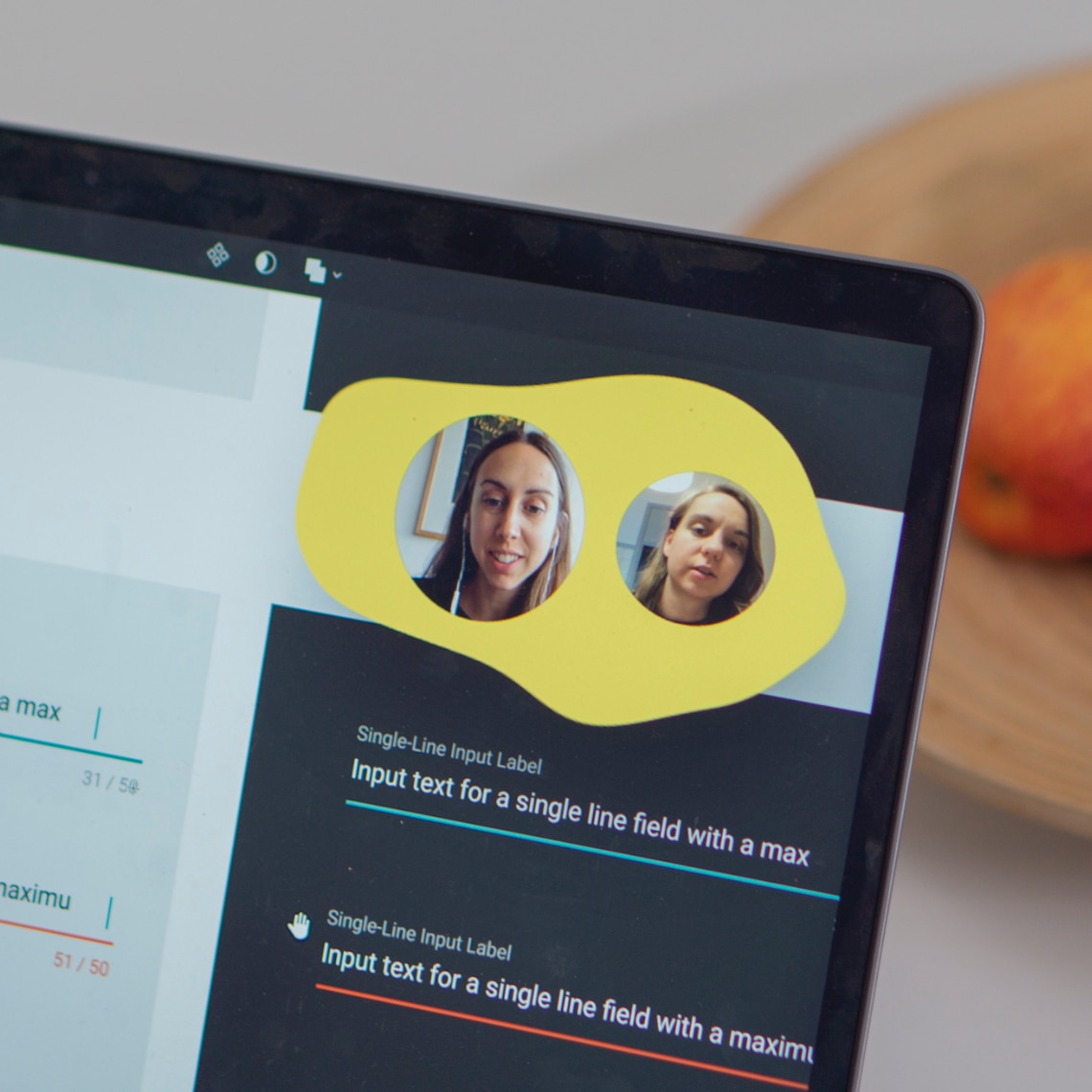
Experiment 06: Walkie-Talkie
How can video calls be an opportunity for physical activity?
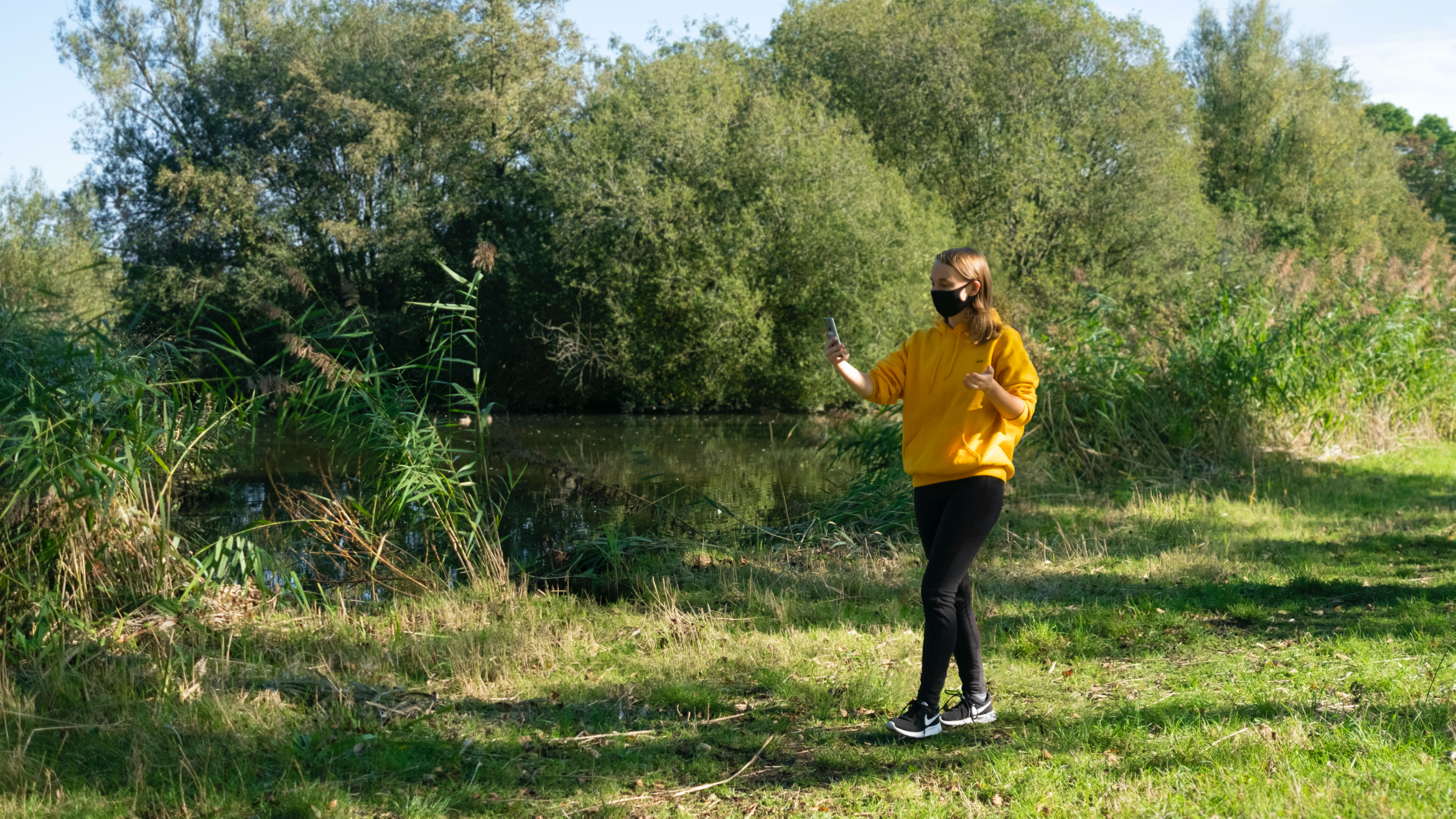
The Walkie-Talkie experiment explored the relationship between movement and audio. Inspired by the emergence of the “Zoom fatigue“ phenomenon, we imagined a mobile application that would require physical activity to power video calls, creating interruptions when standing still.
Walkie-Talkie video
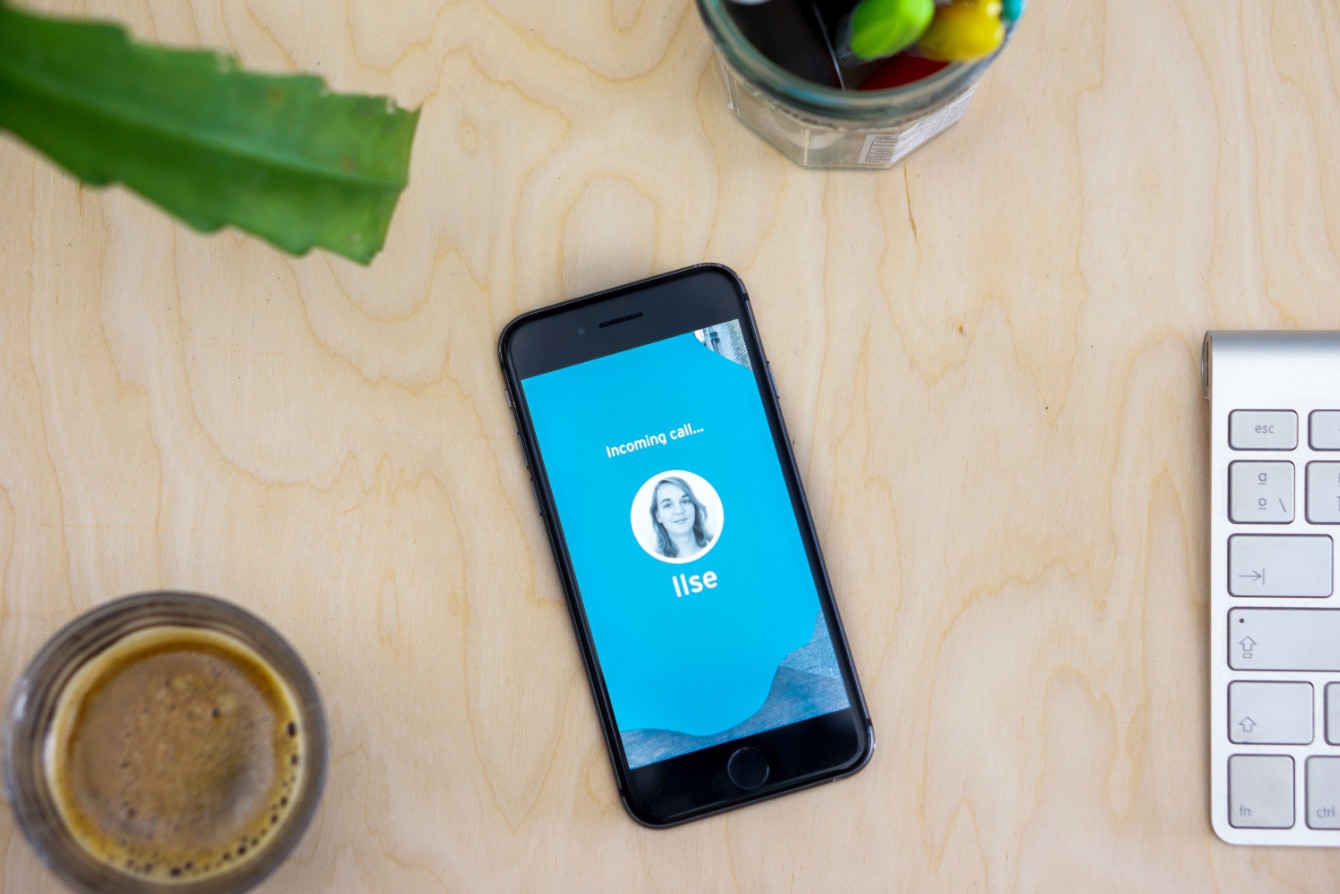
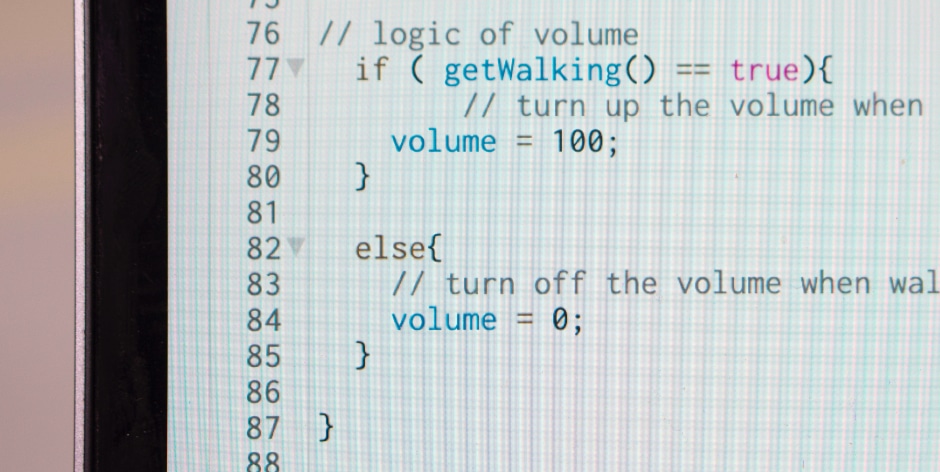
Experiment 07: JazzyHands
How can remote collaboration be more visual and playful?
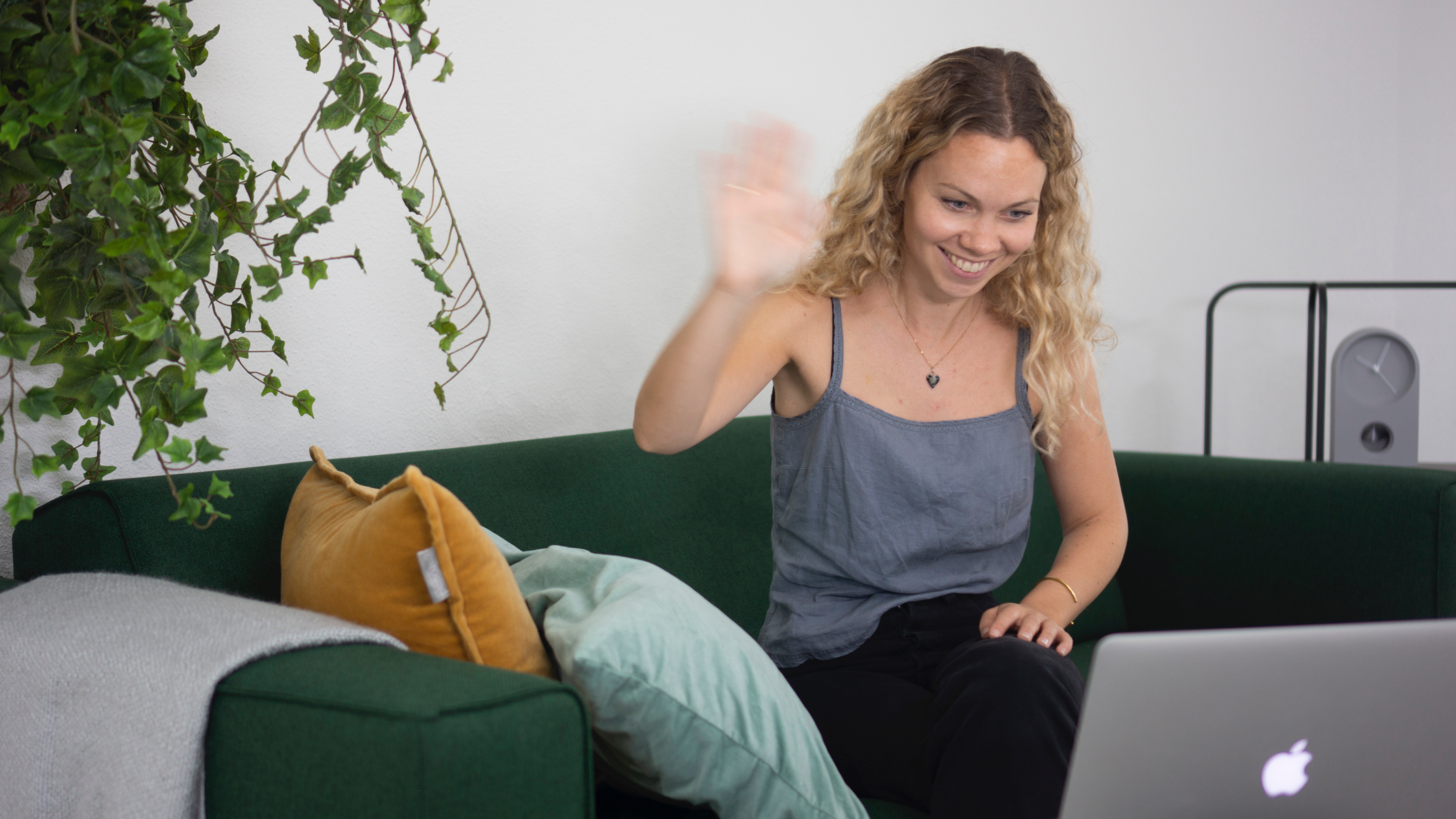
JazzyHands was imagined as a music-making feature for video conferencing, hoping to facilitate cross-cultural and generational communication. This experiment was inspired and executed as a virtual collaboration between Tellart's Amsterdam and Providence teams. Joining the conversation, participants would be prompted to select an instrument to be associated with their hand-waving gestures. Throughout the call, this sound would be modulated based on the hand position, quickly turning a four-person meeting into a real Jazz session.
JazzyHands video
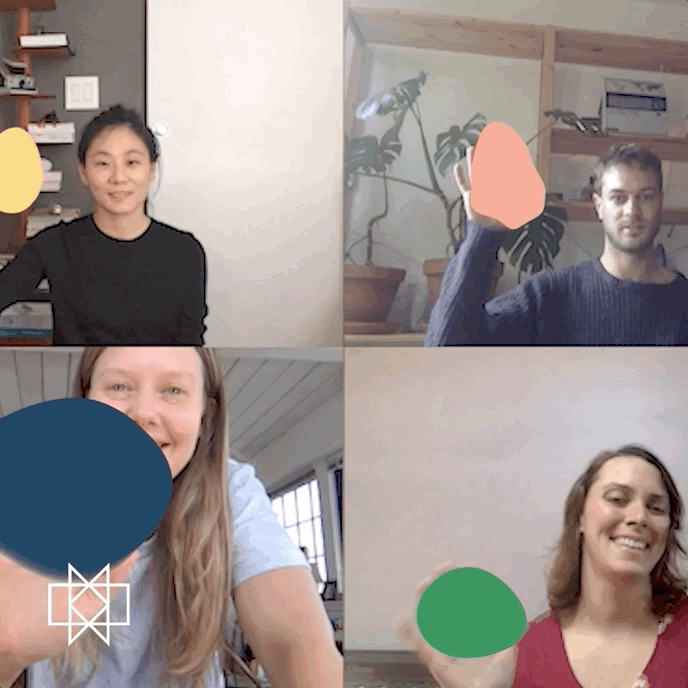
“Being isolated is a lot like Groundhog Day. The patterns of how we're communicating with others are only adding to this feeling. More than ever, we have to re-signify our human-to-human interactions and translate real-world habits into digital ones. Games, quizzes, meet-ups, you name it. I love how Tellart is exploring metaphors from real life that can be translated to the current situation, with no fear of failure.”
Luiz Vaccaro, Lead Product Designer at Idean UK
“I really enjoyed this concept. It is just so happy and joyful and points towards a new way of connecting with each other”
Chandra, Product Designer at Obvious, Twitter: @NCResq, about the Mingle experiment
“Great experiments by Tellart on how to bring some physical presence back to our digital interactions.”
Tim Pulver, Creative Technologist, Twitter: @TimPulvr, about the Wifive experiment
Sign up for our newletter